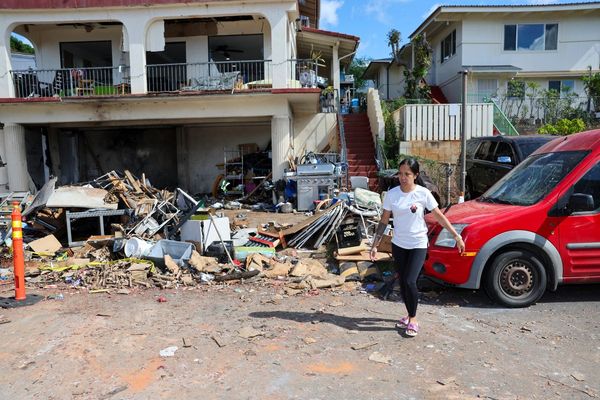
For New York, as a city, it is the best of times and the worst of times.
On one hand, as the pandemic fades, tourism in the Big Apple is booming. Hotels in New York hit 90 per cent occupancy in December, a nationwide high.
However, America’s financial capital is struggling with a lack of a different kind of occupant: office workers. There’s 74,582,671 square feet of vacant office space in the city that never sleeps, enough to fill more than 26 Empire State Buildings, according to an analysis from Edward Glaeser and Carlo Ratti, a pair of urbanism experts from Harvard and MIT.
But it’s not just New York that’s struggling, according to the experts.
Other large cities and industrial capitals, especially ones with high real estate costs, have seen a similar exodus of office workers.
Chicago has 59,863,725 square feet of vacant office space, while Los Angeles has 44,046,970.
San Francisco, meanwhile, has 18.4m square feet worth of empty offices, and office vacancies in Seattle at the end of 2022 were five times greater than the same time in 2019.
Some people in these cities argue for converting unused office space into new housing.
Mr Glaeser and Carlo Ratti argued in a New York Times opinion piece on Wednesday that this binary of booming tourism and empty offices should herald a new era of the “Playground City,” an urban environment that sheds the rigid single-use zoning of 20th century American cities in favour of neighbourhoods where work, play and housing all blend together.
“To create a city vibrant enough to compete with the convenience of the internet, we need to end the era of single-use zoning and create mixed-use, mixed-income neighborhoods that bring libraries, offices, movie theaters, grocery stores, schools, parks, restaurants and bars closer together,” they write. “We must reconfigure the city into an experience worth leaving the house for. Streets once filled by commuting crowds can be reinvigorated by those who really want to be there.”
Major regional shifts occurred during the pandemic as well, according to data from the US Census.
From 2021 to 2022, populations moved on average out of high-priced and big cities like San Francisco, Los Angeles, Chicago, and New York, and moved into lower-cost Sunbelt locales like Arizona, Texas, Florida, and Nevada.







